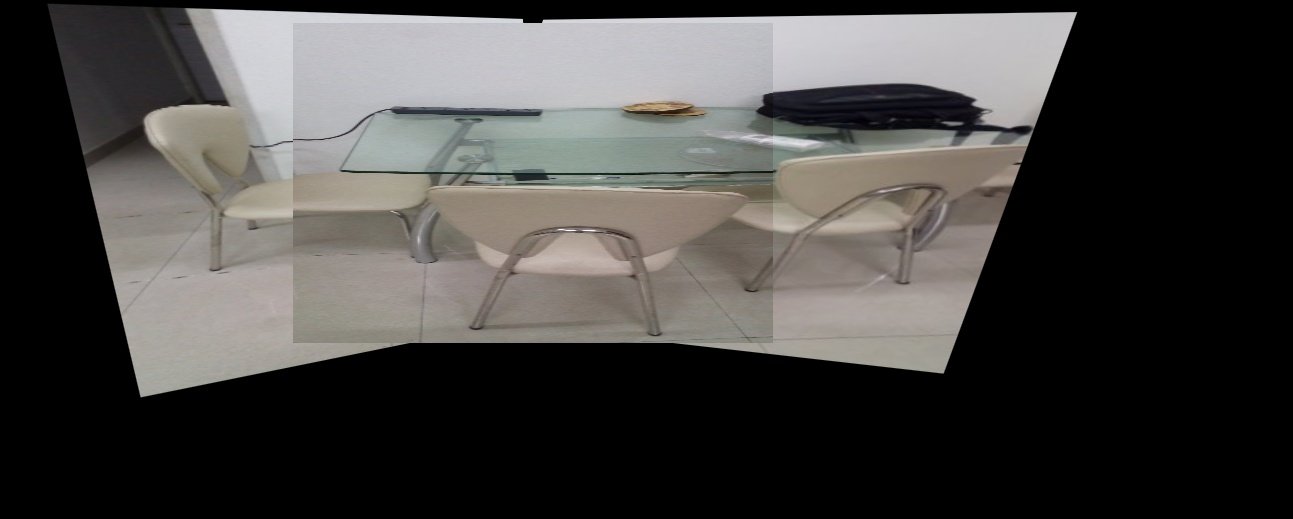
- #Panorama stitcher for four images python open cv code#
- #Panorama stitcher for four images python open cv free#
Note: The above equations talk about pixel coordinates, NOT pixel values (intensities). 7: Original Image vs Cylindrical Projection.

Using loops will TAKE FOREVER!Ī sample input image and its cylindrical projection is shown in Fig.
#Panorama stitcher for four images python open cv code#
Note: You might need to use shgrid and vectorized code to speed up the computation. Note that \(x\) is the column number and \(y\) is the row number in numpy. \(x_c\) and \(y_c\) are the image center coordinates.

The original image coordinates are \((x, y)\) and the transformed image coordinates (in cylindrical coordinates) are \((x' ,y')\).
#Panorama stitcher for four images python open cv free#
In the above equations, \(f\) is the focal length of the lens in pixels (feel free to experiment with values, generally values range from 100 to 500, however this totally depends on the camera and can lie outside this range). To find particular strong corners that are spread across the image, first we need to find \(N_\text+y_c You can visualize the output using a surface plot. The output is a matrix of corner scores: the higher the score, the higher the probability of that pixel being a corner. Corners in the image can be detected using cv2.cornerHarris function with the appropriate parameters. The objective of this step is to detect corners such that they are equally distributed across the image in order to avoid weird artifacts in warping. Adaptive Non-Maximal Suppression (or ANMS) 3: Sample image set for panorama stitchingĢ. (Depending on the way their code defines H, you might need to reverse the above multiplication order.) So you would multiply to obtain H_0i and then use it to transform image i to line up with image 0.įor background on why you multiply the transformations, see: Transformations and Matrix Multiplication specifically the "Composition of tranformations" part.Fig. Where H_01 is the H that transforms image 1 to line up with image 0. The result is the Homography from that image to image 0.įor example: the H that transforms image 3 to line up with image 0 is H_03 = H_01 * H_12 * H_23.

The other option, if you know the order that you want to stitch, is to find the Homography from one image to the next, and then multiply them. It should work decently well, assuming each new image is somewhere on the border of the current panorama, and there isn't too much perspective distortion. This method basically attempts to match the next image to any part of the current panorama. Something like this pseudocode: panorama = images The easiest way (though not super efficient) given the functions you've written, is to just grow the panorama image by stitching it with each successive image.

See section 4 of this seminal paper Automatic Panoramic Image Stitching using Invariant Features for an in depth explanation.


 0 kommentar(er)
0 kommentar(er)
